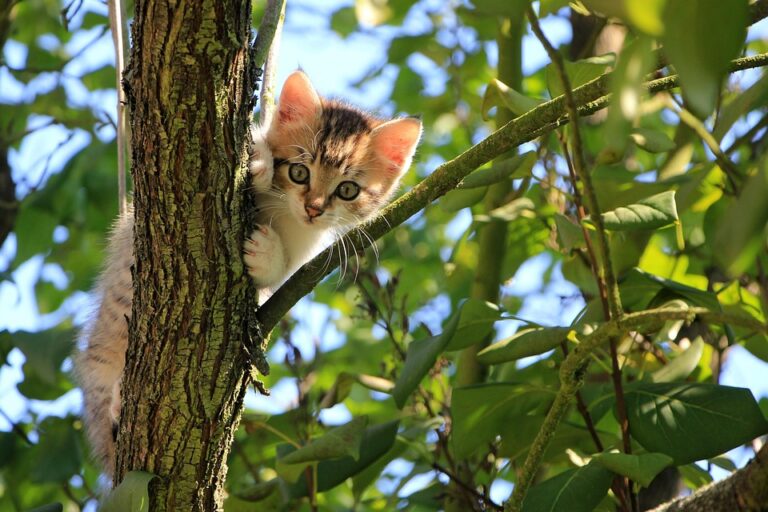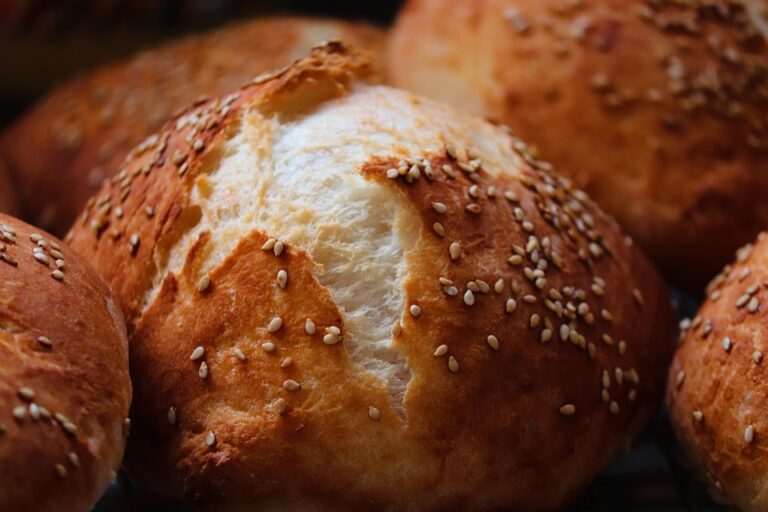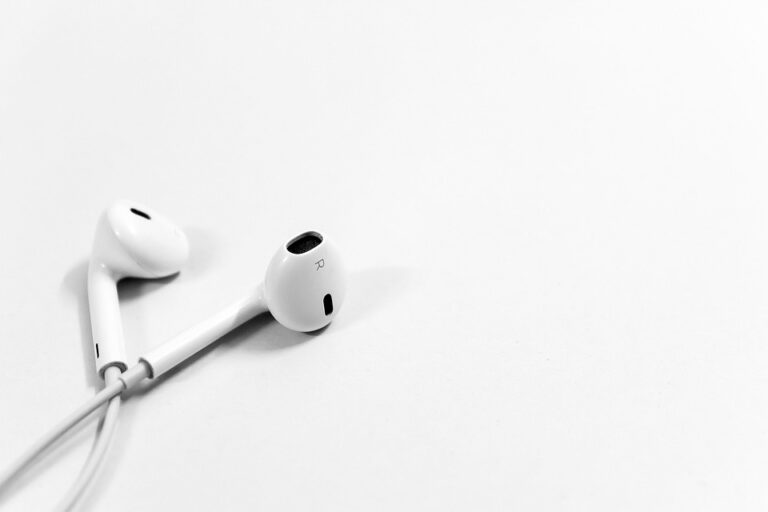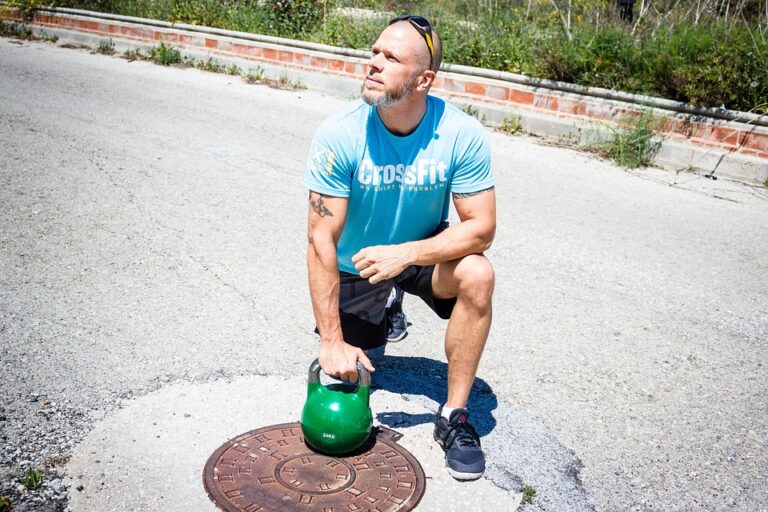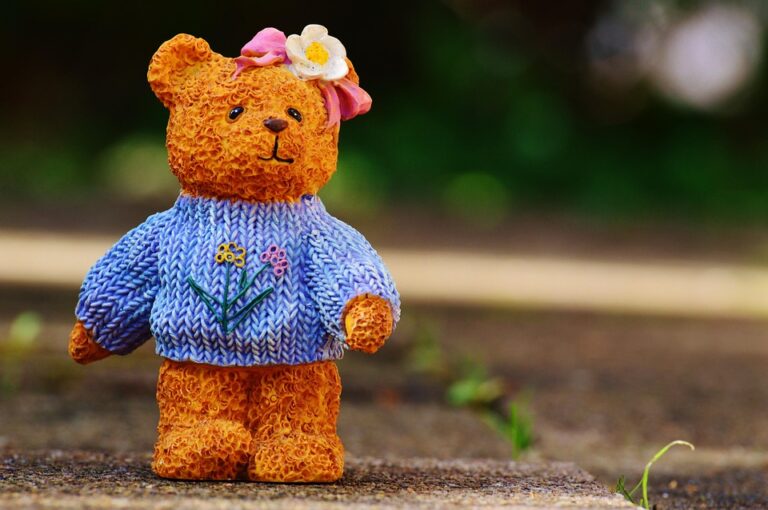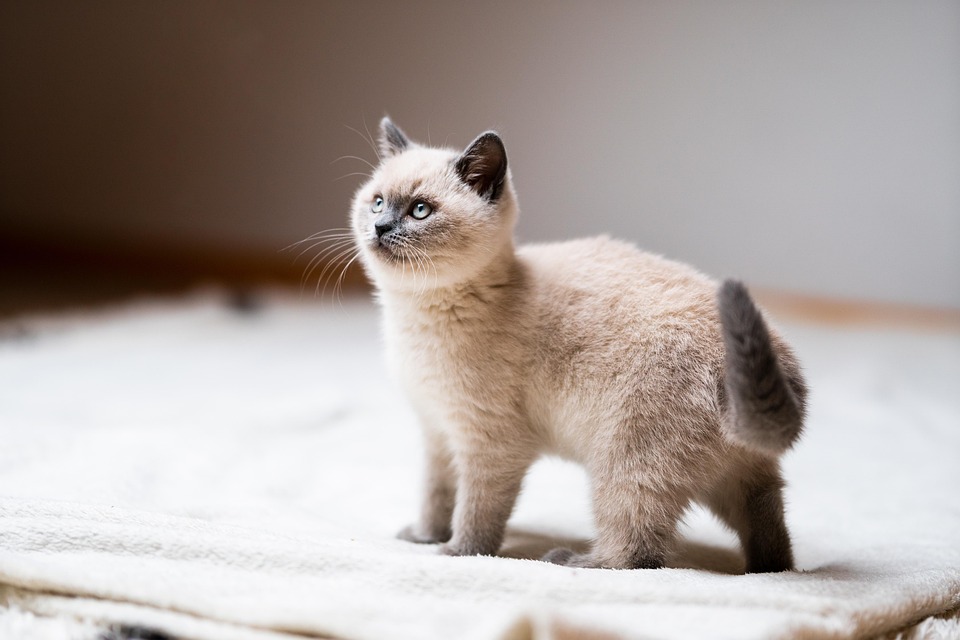
The Evolution of Wet Cat Food: A Comprehensive Guide to Its History and Benefits
The journey of wet cat food is a fascinating tale, one that intertwines with the very essence of feline companionship. As we delve into this evolution, we uncover not only the historical milestones but also the myriad benefits that have made wet cat food a staple in countless households.
A Glimpse into the Past
-
Early Beginnings: The genesis of cat food can be traced back to the mid-19th century when the first commercially prepared cat food was introduced. Prior to this, owners often relied on kitchen scraps or home-cooked meals, largely unbalanced and lacking in essential nutrients. It wasn’t until 1860 that James Spratt, an American, formulated a biscuit for dogs, which later sparked the idea of specialised food for cats.
-
The Rise of Canned Food: By the 1920s, the concept of canned cat food emerged. Companies like Friskies and 9Lives began to market their products, catering specifically to the needs of felines. The introduction of aluminium cans revolutionised preservation methods, ensuring that nutrients remained intact without the need for refrigeration.
-
Nutritional Science: The latter half of the 20th century witnessed an explosion in our understanding of feline nutrition. Research began to illuminate the dietary requirements of cats, leading to the formulation of wet foods rich in protein and moisture—both crucial for a cat’s health. It became evident that a diet too heavy in carbohydrates could lead to obesity and diabetes.
The Benefits of Wet Cat Food
-
Hydration Hero: One of the most significant advantages of wet cat food lies in its moisture content. Cats, being descendants of desert-dwelling ancestors, often have a low thirst drive. High-moisture diets not only keep them hydrated but also assist in maintaining urinary tract health. According to Dr. Lisa Pierson, a feline veterinarian, “Feeding wet food is one of the easiest ways to ensure your cat stays hydrated.”
-
Palatability and Preference: The texture and aroma of wet food can be irresistible to many cats. Its rich, savoury flavour often encourages even the pickiest eaters to indulge. In fact, studies have shown that cats tend to prefer wet food over dry, which can be particularly beneficial for those recovering from illness or surgery.
-
Weight Management: The high protein and low carbohydrate content typical of wet cat food can play a pivotal role in weight management. Cats fed wet food are often more satiated, reducing the likelihood of overeating. The satiety provided by wet food can help maintain a healthy body weight, thereby preventing obesity-related issues.
-
Dental Health: While it’s a common misconception that dry food is superior for dental health, wet food can also contribute positively. While it doesn’t provide the abrasive quality of kibble, many wet foods contain ingredients that promote oral health and reduce plaque accumulation.
Looking Ahead
As we glance into the future, the landscape of wet cat food continues to evolve. With a growing emphasis on natural and organic ingredients, manufacturers are now producing high-quality, grain-free options that cater to the health-conscious consumer. Innovations in packaging, such as single-serve pouches, also enhance convenience for cat owners.
Moreover, the rise of subscription services for pet food reflects an increasing demand for bespoke dietary solutions tailored to individual feline needs. As cat owners become more informed about the benefits of wet food, the market is likely to respond with even more diverse offerings.
The evolution of wet cat food is not merely a tale of changing products; it represents a deeper understanding of our feline companions and their needs. As we continue to explore the world of pet nutrition, it’s crucial to remain informed about the options available.
At BargainsTrust, we are committed to bringing you a curated selection of quality products, ensuring you have the best resources to care for your beloved pets.

